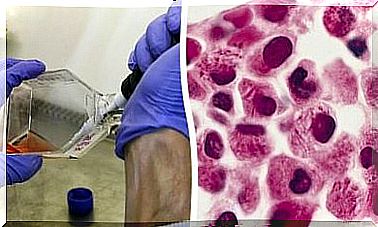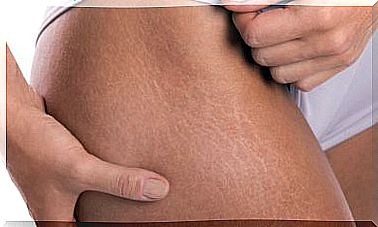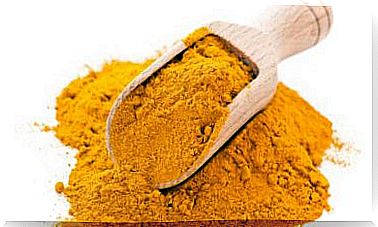Intracardiac Injection: What Does It Consist Of?
Intracardiac injection is a route of drug administration reserved exclusively for emergencies. An emergency is understood to be any situation that poses an eminent risk or potential for death for a person.
With the administration of intravascular medication, the drug passes directly into the blood and acts immediately.
The situation in which this injection is most often used is the case of cardiac arrest. It is very effective because it skips the absorption phase of the drug, that is, everything that is introduced directly acts. There is no intermediate period of absorption. Thus 100% of the administered dose is useful.
Furthermore, by omitting this step there is no variability between patients of the same age and size. This allows calculating the appropriate amount to be entered quickly and accurately, which is very useful in these types of situations in which the patient is unconscious and we can hardly extract useful information when interacting with him.
How is the intracardiac injection performed?

The first step in performing this technique is to prepare a sterile needle that is at least 10 centimeters long. It is important that it be a needle of these dimensions and not smaller because it has to go directly to the heart.
Once we have the needle, we load it with the dose we want to administer. Next, the patient’s intercostal spaces are palpated.
The intercostal space is the region between one rib and another. Generally it is easy to locate it but if the patient is obese this phase is complicated since it is very difficult to separate them clearly.
When we have located the fourth left intercostal space, that is, the region between the fourth and fifth rib, we follow the line that imaginary joins it with the sternum at its left edge. That is the most approximate location that can be made of the heart.
Finally, the syringe is inserted into the delimited space and we release the bolus with the medication. Despite technical difficulties, the drug reaches the myocardium and allows cardiac activity to be restored in the event of imminent arrest.
What medication is used for intracardiac injection?
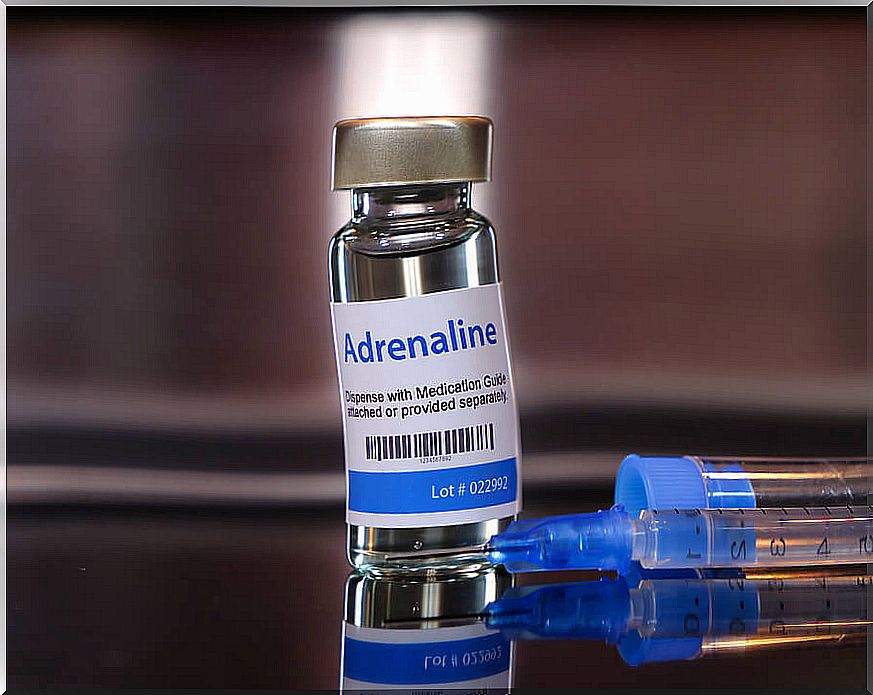
Without a doubt, the most commonly used medication is adrenaline . Usually 0.1% adrenaline is used because it is the concentration that allows the desired activity to be achieved without serious side effects. It is important to remember that everything that is administered intracardiacly exerts its action immediately, so a higher dose would be lethal.
Also known as epinephrine, adrenaline is one of the most powerful activators of the sympathetic nervous system. The heart changes its frequency of contraction based on the regulatory signals that this system sends to it. Therefore, it can be stated that by modifying the sympathetic nervous system we will also be able to modify the electrical activity of the heart.
Several studies have shown that intracardiac injection of adrenaline up to 5 minutes after cardiac arrest improves survival. Although not in all cases it is effective. This is because the time factor is important in this type of emergency. Thus, the survival rate is directly proportional to the early administration.
What is the right time to use this technique?
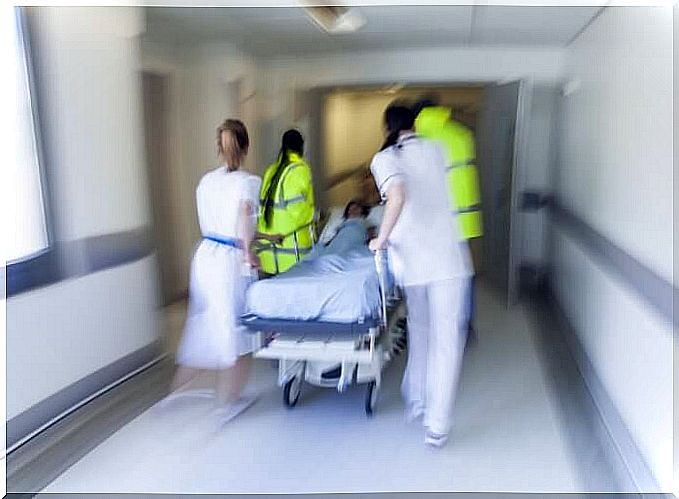
It is not recommended to use intracardiac injection during cardiac massage. It is preferable to practice cardiopulmonary resuscitation techniques and separate injection so that the medication can fully access the myocardium. This reduces cardiac ischemia.
Ischemia is the process that cells undergo when they die because the blood does not arrive to nourish them. This process is present in many cardiac pathologies, but the most prominent disease is myocardial infarction.
When a person is in cardiac arrest, the heart stops pumping blood to the rest of the body and the process of ischemia begins . This is when the intracardiac injection must be performed to reverse the process and restore blood supply and contractile function.
Finally, it should be noted that this technique can only be practiced by medical professionals who have experience in life-threatening situations.

